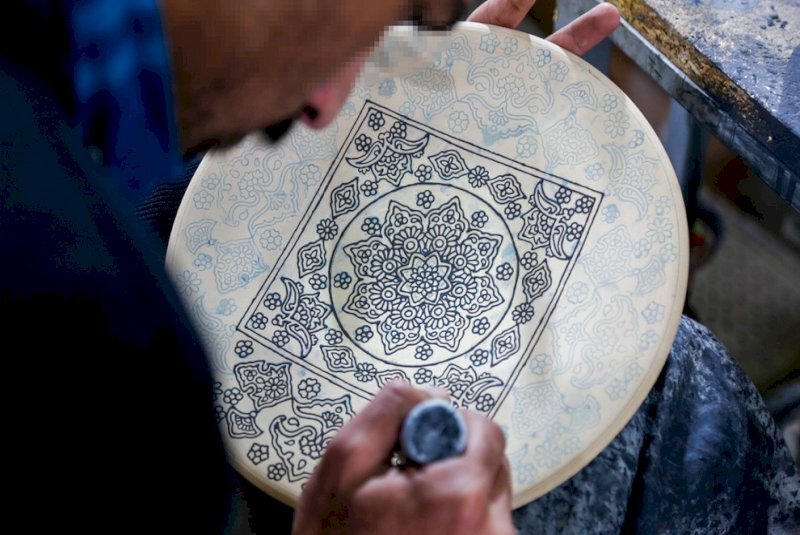2,600 inmates trained as crafters in Alborz

TEHRAN –A total of 2,600 inmates were trained as crafters in prisons across Alborz province during the first nine months of the last Iranian calendar year 1401 (March 21-December 21, 2022), the provincial tourism chief has said.
The prisoners were trained in the fields of pottery, leatherwork, and kilim, Yahya Darai explained on Monday.
The courses aimed to empower the prisoners and provide job opportunities for them after their release as well as promoting handicraft fields, the official added.
In October 2020, the Ministry of Cultural Heritage, Tourism, and Handicrafts signed a memorandum of understanding with the Prisons, Security, and Corrective Measures Organization to create jobs and make income for prisoners.
The MOU also aimed at implementing special educational and promotional programs, identifying talented prisoners, and improving their social status.
The value of Iran’s handicraft exports stood at $400 million during the first ten months of the current Iranian calendar year 1401 (Mar. 21, 2022 – Jan. 20, 2023), the deputy tourism minister said in February.
Compared with the same period a year earlier, the figure represents some 30 percent growth, Jalali said.
“The Islamic Republic exported $400 million worth of handicrafts during the first ten months of the current year, which shows a 30 percent increase year on year.”
Iran exported some $320 million worth of handicrafts during the past Iranian year (1400), the official stated.
The Islamic Republic has the most cities and towns registered with the World Crafts Council (WCC), followed by China with seven, Chile with four, and India with three designated ones.
The WCC-Asia-Pacific Region designated Shiraz, Malayer, Zanjan, and the village of Qasemabad in January 2020, bringing the total number of craft cities and towns in Iran from 10 to 14. Shiraz has been dubbed “the world city of [various] handicrafts.”
Malayer became a center for woodcarving and carved wood furniture on a global scale. The designation “world city of filigree” was given to Zanjan. The village of Qassemabad, which is renowned throughout the country for its traditional costumes, was also promoted to a major handicrafts center on an international scale.
Ceramics, porcelain, handwoven clothing, jewelry, and semi-precious stones are among Iranian handicrafts traditionally exported to Iraq, Afghanistan, Germany, the U.S., and the Persian Gulf coastal states, to name a few.
ABU/AM
